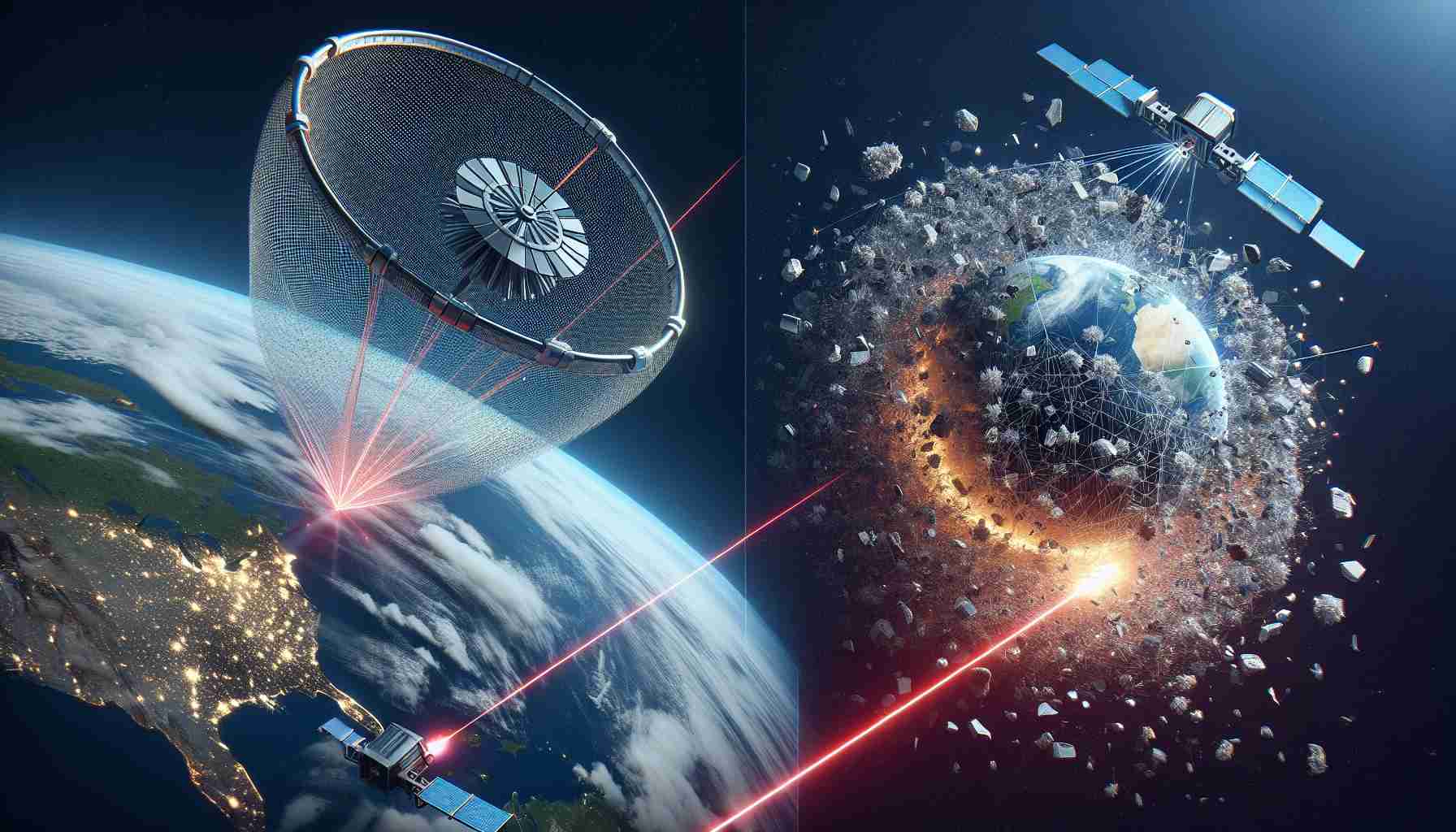Summary:
As space exploration and satellite launches continue to increase, so does the amount of orbital debris or “space junk” present in Earth’s orbit. This article explores various methods used to clean up and mitigate the risks associated with orbital debris. From ground-based solutions to innovative technologies, these efforts aim to ensure the sustainability and safety of space activities.
Introduction:
Orbital debris poses a significant challenge to space missions and satellites as even small fragments can cause catastrophic damage when colliding with operational spacecraft. To address this issue, scientists, engineers, and space agencies have been developing and implementing a range of methods to tackle the problem of space debris cleanup. This article will discuss some of the most promising approaches currently in development or use.
1. Ground-Based Tracking and Predictive Models:
One of the fundamental steps in debris cleanup is to accurately track and predict the movement of existing space debris. Ground-based tracking systems, such as radar and telescopes, monitor objects in space and provide valuable data for predicting potential collisions. Additionally, scientists are continuously improving predictive models to anticipate possible collision scenarios and develop mitigation strategies accordingly.
2. Active Debris Removal (ADR) Technologies:
Active debris removal refers to the process of actively capturing and removing space debris from orbit. Several innovative technologies are being explored in this field, including net-based systems, robotic arms, and harpoons. For instance, the RemoveDEBRIS mission, a project led by the Surrey Space Centre, successfully demonstrated the use of a net and a harpoon to capture and deorbit debris.
3. Laser-Based Debris Removal:
Laser technology also shows promise in removing space debris. By directing high-powered lasers at debris objects, their surfaces can be vaporized, creating a backward thrust that reduces their orbital speed. Eventually, this decrease in velocity leads to their reentry into the Earth’s atmosphere, where the debris burns up harmlessly. However, further research and development are required to refine and scale up this method.
4. Deorbit Sails:
Deorbit sails are large deployable structures equipped with highly reflective materials, which utilize sunlight to generate thrust. By integrating deorbit sails into defunct satellites or spent rocket stages, their surfaces can reflect sunlight to create a force that slows them down. This gradual reduction in velocity causes the objects to reenter the Earth’s atmosphere, enabling their safe disposal.
FAQ:
Q: Why is orbital debris cleanup important?
A: Orbital debris poses a threat to operational satellites, space missions, and even the International Space Station. Removing debris helps reduce the risk of collisions and safeguards valuable assets.
Q: How much orbital debris is currently in space?
A: It is estimated that there are millions of objects ranging from larger defunct satellites to smaller fragments in Earth’s orbit. NASA is actively tracking approximately 27,000 objects larger than 10 centimeters.
Q: Are there any international regulations concerning orbital debris cleanup?
A: While international efforts to mitigate space debris exist, including recommendations from the Inter-Agency Space Debris Coordination Committee (IADC), there are currently no binding regulations specifically governing debris cleanup.
Q: Can space debris cleanup completely solve the problem?
A: Space debris cleanup is an ongoing effort to mitigate the risks associated with orbital debris. While it can help reduce the amount of debris in space, preventing future debris generation through responsible space missions and satellite disposal is equally crucial.
Sources:
– European Space Agency: https://www.esa.int/Our_Activities/Space_Engineering_Technology/Clean_Space
– NASA Orbital Debris Program Office: https://www.nasa.gov/content/orbital-debris-program-office
– Surrey Space Centre: https://www.surrey.ac.uk/surrey-space-centre/missions/removedebris
The source of the article is from the blog motopaddock.nl
